Unlocking the Benefits of Energy Efficient Led Fixtures for Sustainable Lighting Solutions
In an era where sustainability is of paramount importance, the shift towards energy-efficient lighting solutions is not just a trend but a necessity.
 LED fixtures stand at the forefront of this revolution, providing numerous benefits that extend beyond mere illumination.
Not only do these fixtures consume significantly less energy compared to traditional lighting systems, but they also boast a longer lifespan, reducing the need for frequent replacements.
This efficiency leads to lower energy bills and a decreased carbon footprint, aligning perfectly with global efforts to combat climate change.
Furthermore, LED fixtures can enhance the quality of light, improving visibility while creating a more comfortable environment.
In this article, we will explore essential tips for maximizing the advantages of LED fixtures, guiding you towards making more sustainable lighting choices that benefit both the planet and your pocketbook.
LED fixtures stand at the forefront of this revolution, providing numerous benefits that extend beyond mere illumination.
Not only do these fixtures consume significantly less energy compared to traditional lighting systems, but they also boast a longer lifespan, reducing the need for frequent replacements.
This efficiency leads to lower energy bills and a decreased carbon footprint, aligning perfectly with global efforts to combat climate change.
Furthermore, LED fixtures can enhance the quality of light, improving visibility while creating a more comfortable environment.
In this article, we will explore essential tips for maximizing the advantages of LED fixtures, guiding you towards making more sustainable lighting choices that benefit both the planet and your pocketbook.
Understanding the Importance of Energy Efficiency in Lighting Solutions
Energy efficiency in lighting solutions is crucial for both environmental sustainability and cost savings. By upgrading to energy-efficient LED fixtures, individuals and organizations can significantly reduce their energy consumption while still illuminating their spaces effectively. LED lights consume up to 75% less energy than traditional incandescent bulbs, resulting in lower electricity bills and a smaller carbon footprint. The transition to LED technology not only benefits the planet but also enhances the quality of light, offering brighter and more consistent illumination.
Tips for Implementing Energy-Efficient LED Fixtures:
- Assess your current lighting needs and identify areas where LEDs can replace inefficient bulbs. Consider the brightness and color temperature to create a comfortable environment.
- Take advantage of smart lighting controls, such as timers and dimmers, to optimize the use of LED fixtures further. This allows you to reduce energy consumption during non-peak hours.
- Be mindful of the initial investment; although LED fixtures may have a higher upfront cost, the long-term savings and durability make them a worthwhile choice.
By understanding and prioritizing energy efficiency in lighting solutions, we pave the way for a more sustainable future while benefiting from modern advancements in illumination technology.
Exploring the Cost Savings of LED Fixtures for Long-Term Sustainability
The transition to energy-efficient LED fixtures presents significant cost savings that contribute to long-term sustainability. Unlike traditional lighting options, such as incandescent or fluorescent bulbs, LED fixtures consume substantially less energy while providing the same or even improved lighting quality. This reduction in energy usage translates directly into lower electricity bills, making LEDs a financially smart choice for both residential and commercial settings. Over time, the initial investment in LED technology pays off, often within a few years, as the savings accumulate.

Tips for maximizing your savings with LED fixtures include choosing high-quality products from reputable manufacturers, as cheaper LEDs may not last as long or perform as well. Additionally, consider installing dimmer switches or smart lighting systems that adjust intensity based on natural light, which can further reduce energy consumption. Regular maintenance, such as cleaning fixtures to keep them dust-free, can also help sustain their efficiency and lifespan, leading to even greater savings in the long run. Investing in high-efficiency lighting thus not only benefits your budget but also aligns with sustainable practices that are essential in today’s environmentally-conscious world.
Evaluating the Environmental Impact of Traditional vs. LED Lighting
The environmental impact of traditional lighting versus LED lighting is a critical aspect to consider in the pursuit of sustainable solutions. Traditional incandescent and fluorescent bulbs are notorious for their energy inefficiency, consuming higher amounts of electricity and generating excess heat. This not only results in increased energy bills for consumers but also contributes significantly to greenhouse gas emissions. As these bulbs burn out, they can release harmful substances into landfills, further exacerbating their environmental footprint.
In contrast, LED fixtures utilize advanced technology to consume substantially less energy while delivering comparable or superior light output. Their lifespan is significantly longer—up to 25 times that of traditional bulbs—reducing the frequency of replacements and the associated waste. LEDs are also free of toxic materials such as mercury, making them a safer option when it comes to disposal. Transitioning to LED lighting not only lowers energy consumption but also results in a marked decrease in overall environmental impact, paving the way for a more sustainable future in lighting solutions.
Unlocking the Benefits of Energy Efficient Led Fixtures for Sustainable Lighting Solutions - Evaluating the Environmental Impact of Traditional vs. LED Lighting
| Lighting Type | Energy Consumption (W) | Lifespan (Hours) | CO2 Emissions (kg/year) | Annual Cost ($) |
|---|---|---|---|---|
| Incandescent | 60 | 1,000 | 455 | 7.20 |
| CFL | 15 | 10,000 | 68 | 2.40 |
| LED | 10 | 25,000 | 30 | 1.20 |
Identifying Key Features of Energy Efficient LED Fixtures
Energy efficient LED fixtures are revolutionizing the way we approach lighting solutions, particularly in
sustainability and energy conservation. When identifying the key features of these fixtures,
one must consider lumens per watt, which indicates the brightness output relative to energy consumed. Higher lumens per watt signal a more efficient fixture,
translating to reduced energy bills and a lower environmental impact.
Another essential feature is the lifespan of the LEDs, which typically surpasses traditional lighting options by tens of thousands of hours.
This longevity not only lowers replacement costs but also contributes to lesser waste in landfills.
Dimming capabilities are also worth noting; energy efficient LED fixtures often come with advanced dimming technology
that allows for greater control over both brightness and energy use. By understanding these key features,
consumers and businesses can make informed decisions that align with both their lighting needs and sustainability goals.
Promoting Sustainable Practices Through Smart Lighting Choices
In today's world, where sustainability is becoming increasingly vital, smart lighting choices play a crucial role in promoting environmentally friendly practices. Choosing energy-efficient LED fixtures not only reduces energy consumption but also minimizes the carbon footprint associated with traditional lighting options. By opting for LEDs, consumers and businesses alike can contribute to a significant decrease in greenhouse gas emissions, fostering a healthier planet for future generations.

Moreover, smart lighting solutions go beyond mere energy efficiency. They enable users to tailor their lighting needs to specific activities and times, enhancing both comfort and productivity. For example, utilizing motion sensors and smart controls can lead to reduced energy usage when spaces are unoccupied. These innovations inspire a culture of sustainability, encouraging individuals to consider the broader impact of their lighting choices and to adopt more mindful habits in their daily lives. Together, these practices embody a commitment to creating a sustainable future, demonstrating that thoughtful choices in lighting can have far-reaching benefits for the environment.
Related Posts
-

Illuminate Your Space with Innovative Led Lighting Solutions for Global Buyers
-
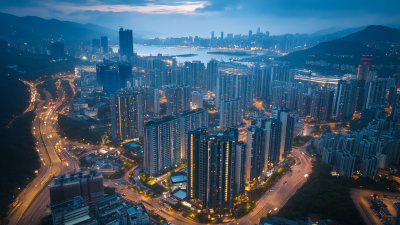
Discovering Top-Notch Suppliers for Your LED Lamps: A Comprehensive Guide
-
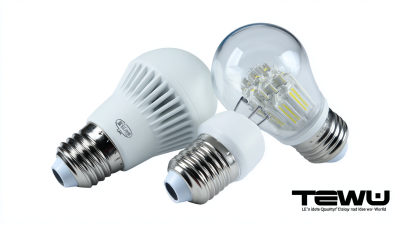
Unwavering Quality in Best Led Lamps Made in China Trusted Worldwide
-
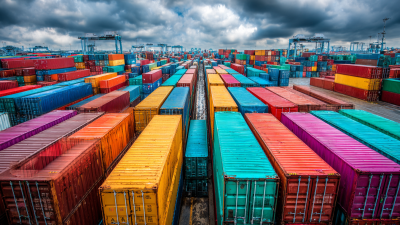
Navigating Import Export Certifications for the Best Commercial Led Fixtures
-
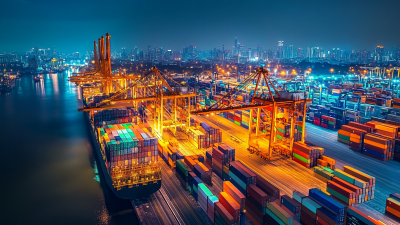
Navigating Global Standards for Importing Commercial Led Fixtures
-
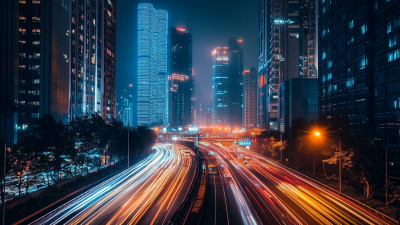
Advantages of Choosing Led Lamps for Your Lighting Solutions
